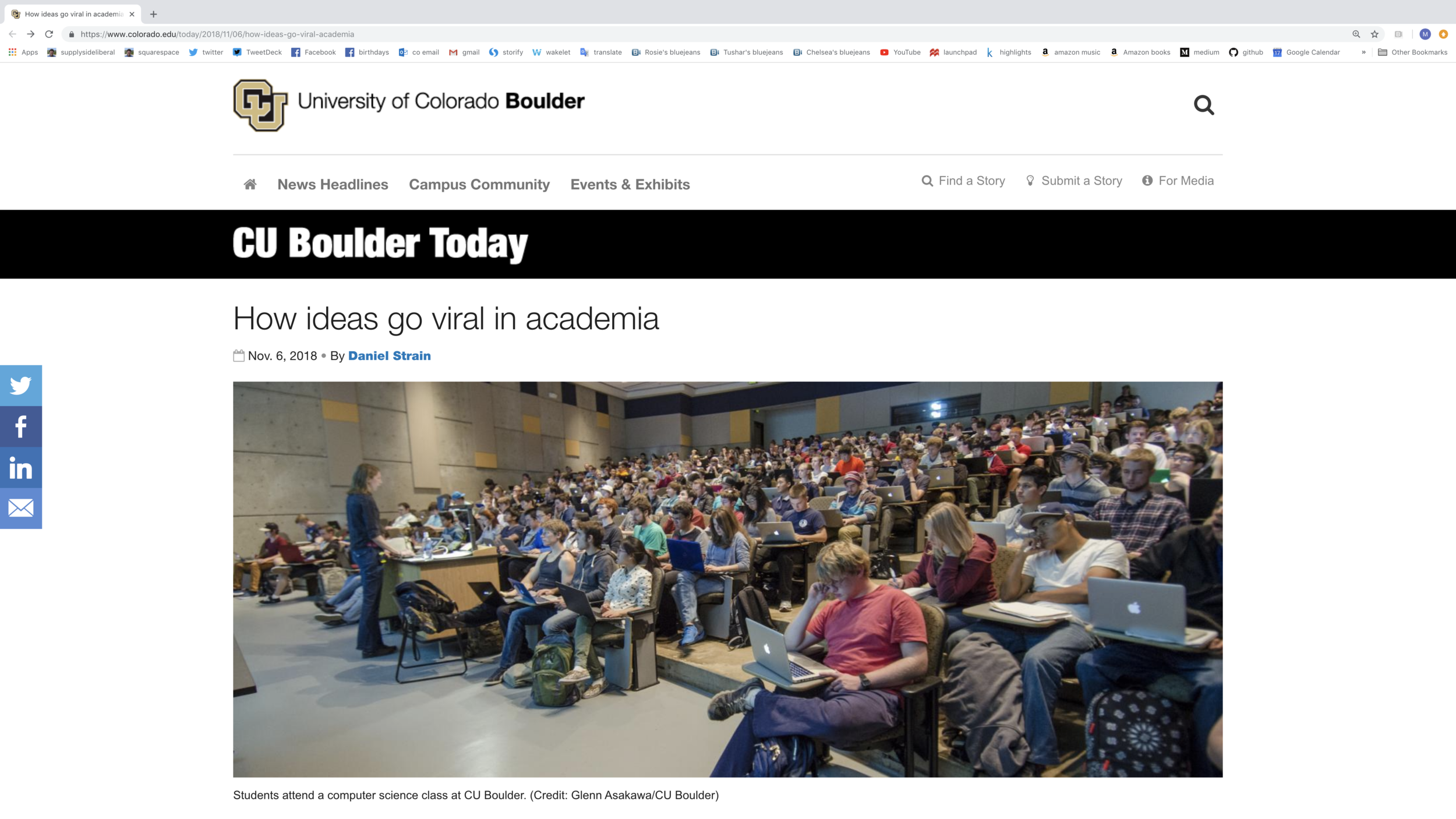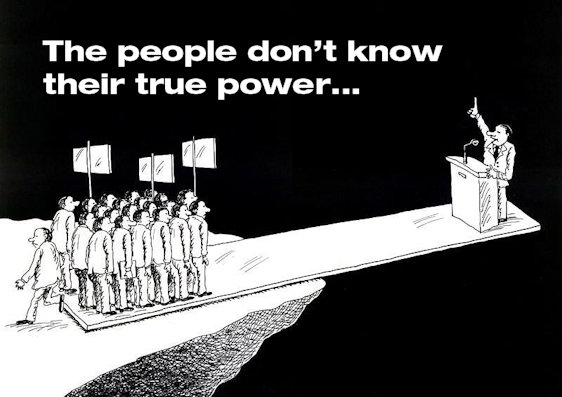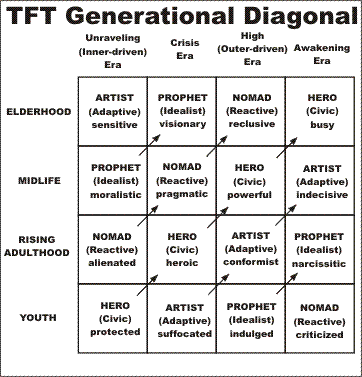I am a humanist.
l agree with Protagoras that "the human is the measure of all things" and with Sophocles that of all the many wonders of the world there is "none so wonderful as the human."
I see with Shakespeare what a piece of work is the human being:
How noble in reason! how infinite in faculty! in form, in moving, how express and admirable! in action how like an angel, in apprehension how like a god! the beauty of the world' the paragon of animals!
l am one with the Humanist Manifesto of 1933 in its assertion that the purpose and practice of humanism is to
(a) affirm life rather than deny it;
(b) seek to elicit the possibilities of life, not flee from it;
(c) endeavor to establish the conditions of a satisfactory life for all, not merely the few.
I believe, in the words of the Secular Humanist Declaration, that "human beings are responsible for their own destinies."
I rejoice in the humanism of a George Santayana, who once described a humanist as a "person saturated by the humanities" and humanism as "an accomplishment, not a doctrine."
I hold with the conviction of humanism that the scientific method is the best means we have discovered for advancing truth.
I have faith in that part of humanism which sees the human being as the highest form of life, an end not a means, the creator of moral values, the maker of history.
The humanism I embrace is materialistic.
Materialistic humanism asserts that matter comes before spirit, that soul is part of body, that the stuff of which this world is composed is the necessary context for the ideas and ideals that enrich human life.
Spirit enlivens matter, but where there is no matter there can be no spirit. In every infant we stand before the mystery of this process. From the combining of egg and sperm to zygote to fetus to baby and then through child-hood into maturity, a human being begins as simple matter and proceeds to develop personality, uniqueness, a spiritual dimension.
Until the male matter and the female matter come together there is nothing, no thing. When they do, a process of growth unfolds that leads to ... a Mother Theresa or an Albert Einstein, or a you or me.
The humanism I embrace is naturalistic.
The natural world is the only world there is. The universe is indeed "one song," not a melody in two parts. Human beings, as well as bears and bees, waves and winds, steroids and stars, proceed from, are always a part of, and return unto nature, our truest home.
Nature is unified, its parts connected, its laws regular, its mechanisms open to human understanding. At the infinite extensions of the macroscopic and the microscopic we find a harmony of nature, not two kinds of reality. The rules by which gravity functions or relativity operates or elements combine are true everywhere in the universe and do not contradict one another.
Nature is a miracle—in its magnificent story of a Big Bang which launched the universe, in the tale of the origins of life on this planet in the sludge and slime of primeval waters, in the saga of the evolution of the human race from living in the treetops to flying machines above them. The true meaning of "super nature" is not as a term for another whole realm of reality but as a description of the one reality that exists.
The humanism I embrace is religious.
Religion is a human enterprise. It is the human race that has created religions out of that unique self-awareness that drives us to ask questions about our origins and our destiny. It is the human race that has invented' religious communities in order to share the burden of our aloneness as individuals: It is the human race that is concerned with ethical values. We want to know what is good and what is evil, what is right and what is wrong, what is helpful and what is harmful. We desire to increase the measure of the good and the true and the beautiful in the lives of all people.
Albert Schweitzer, in his Nobel Peace Prize acceptance speech, remarked that "humanism in all its implicity is the only genuine spirituality." He spoke not of a humanism that worships humanity but a humanism that seeks, without creedal test or ritual requirement, to treasure each human being as a center of meaning and value. The adventure of religion is not in the discovery of Eternal Truth or Absolute Meaning— arenas in which human beings do not and cannot deal—but in our individual and communal search for and creation of meanings and values that dignify and enhance life.
The humanism I embrace is rational.
Beginning with Protagoras and Socrates, continuing through Lucretius and Epictetus, Erasmus and Bacon, into our own time with Dewey and Einstein, the life of the mind has been respected by the humanist. As Lester Mondale phrased it, "scholarship coupled with education has remained to a greater or lesser degree the perennial mark of the humanist." In the complex age in which we live nothing could be of more importance.
Humanism recognizes the importance of the non-rational aspects of human life. Passion and enthusiasm, joy and love are integral to our living. But only as these are guided by
reason even as reason is tempered by them can we avoid the dangers of mere prejudice and irrationality. It takes more than good will or good luck to build a good society.
I an, a humanist because humanism does not rely on tradition, a special book or person, "what I'm feeling right now," or the most recent revelation of the latest deity. It relies on reason, thought, the human mind as the best means we have of discovering truth and promoting justice.
The humanism I embrace is responsible.
Humanity has conceived countless numbers and kinds of divine forces, imagined innumerable and picturesque heavens and hells, devised all manner of schemes whereby gods intervene on behalf of men and women who call on them in the proper way. How many messiahs there have been to usher in paradise!
Yet the world goes on. The face of the planet is scarred with pain and sorrow. That is part of the tale of human and natural history. I see no evidence of a deity at work trying to ease that suffering. I look at the Holocaust and I see one and one half million children who were deliberately murdered by the Nazis and I say that if there is a god anywhere surely that god would have stopped that terrible carnage.
Humanism teaches us that it is immoral to wait for God to act for us. We must act to stop the wars and the crimes and the brutality of this and future ages. We have powers of a remarkable kind. We have a high degree of freedom in choosing what we will do. Humanism tells us that whatever our philosophy of the universe may be, ultimately the responsibility for the kind of world in which we live rests with us.
Humanism points to the deeds of those women and men who have chosen the good. Humanism lifts up the courageous work of a Margaret Sanger or a Betty Friedan, the significant contributions of a Marie Curie or a Jonas Salk, the persistent efforts of a Maggie Kuhn or a Linus Pauling, and says to each of us, you see what can be done. Go and do what you can. If each of us really did the best we could do, it would be a very different and a much better world than it is. I believe that that is what humanism urges on us to stop looking for help from out there and get busy with the task at hand.
The humanism I embrace is inclusive.
It is the only perspective because I am a human being. I cannot see things as an ant or an angel might, much less as a god, but solely from the vantage point of a human person. So many people so easily forget this limitation and speak glibly as though they really did know what the view from the godhead is. Such a splendid picture has not been vouchsafed to me nor do I believe it has been granted to anyone else. We all see reality from the humanist perspective.
Humanism is also the broadest possible perspective for us in the sense that any other definition of our position limits us and excludes others. A humanist approach is the broadest possible term of inclusion I know. Language and understanding that is universal and planet-wide and that embraces, not erases, all cultures and religious expressions, all
races and sexes and every other kind of difference is essential for human survival and prosperity.
How impressive it is to read the sermons of humanist preachers like John Dietrich and see that "man and woman" is the phrase used where others in the early years of this century—and many still today!—were using "man." How refreshing to read humanists of the Unitarian and Universalist and other religions of a hundred years ago and see the respect with which they were treating all the varied world religions, while Christian writers were describing them as stages on the way to Christianity.
The day may come when we can adopt an even wider identification. For now the struggle is to understand and appreciate how very much alike we are in our anxieties and our hopes. We need to find ways of celebrating those qualities that make each of us individually and the varied groups of which we are a part unique and valuable without harming others as we do so. Humanism is the best perspective from which to view and to work on this task.
Ultimately, of course, the name does not matter. Some will choose to call themselves theists or atheists, fideists or deists, or maybe just "ists." What matters is that we join with each other in seeking to do justice and to love mercy, walking humbly with one another in full respect of the preciousness and worth of every human life.
That is the faith of a humanist.
That is the faith by which I try to live my life.













